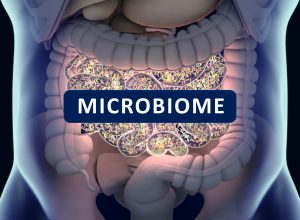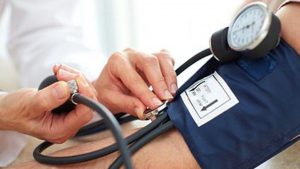
Dave Conway had a heart attack in 2018. He was only 30. The Clintonville, Ohio, resident had been experiencing fatigue and shortness of breath, finally going to the emergency room with what he thought was pneumonia. Instead, he learned he’d had a “widowmaker” heart attack and a 100% blockage in a major artery. “I thought people who had heart attacks or heart disease were older people who drink and smoke a lot and weigh much more than I did,” Conway said. “Recovery has been really tough, but I’m willing to do whatever my doctors tell me is needed to keep my heart safe in the future,” he said in an Ohio State University news release. Stories like Conway’s are becoming more common, with studies showing heart attacks and stroke are on the rise among Americans younger than 40. Certain healthy habits can help prevent heart problems — but getting younger adults to accept their risks remains an obstacle. “It is alarming that younger people don’t feel that they’re at risk for heart disease, but it’s not surprising,” said Dr. Laxmi Mehta, director of preventative cardiology and women’s cardiovascular health at the Ohio State Wexner Medical Center. “Most young people think heart disease only happens in old people, but that’s not the case,” Mehta said in the release. The medical center surveyed 2,000 Americans, finding that… read on > read on >






































